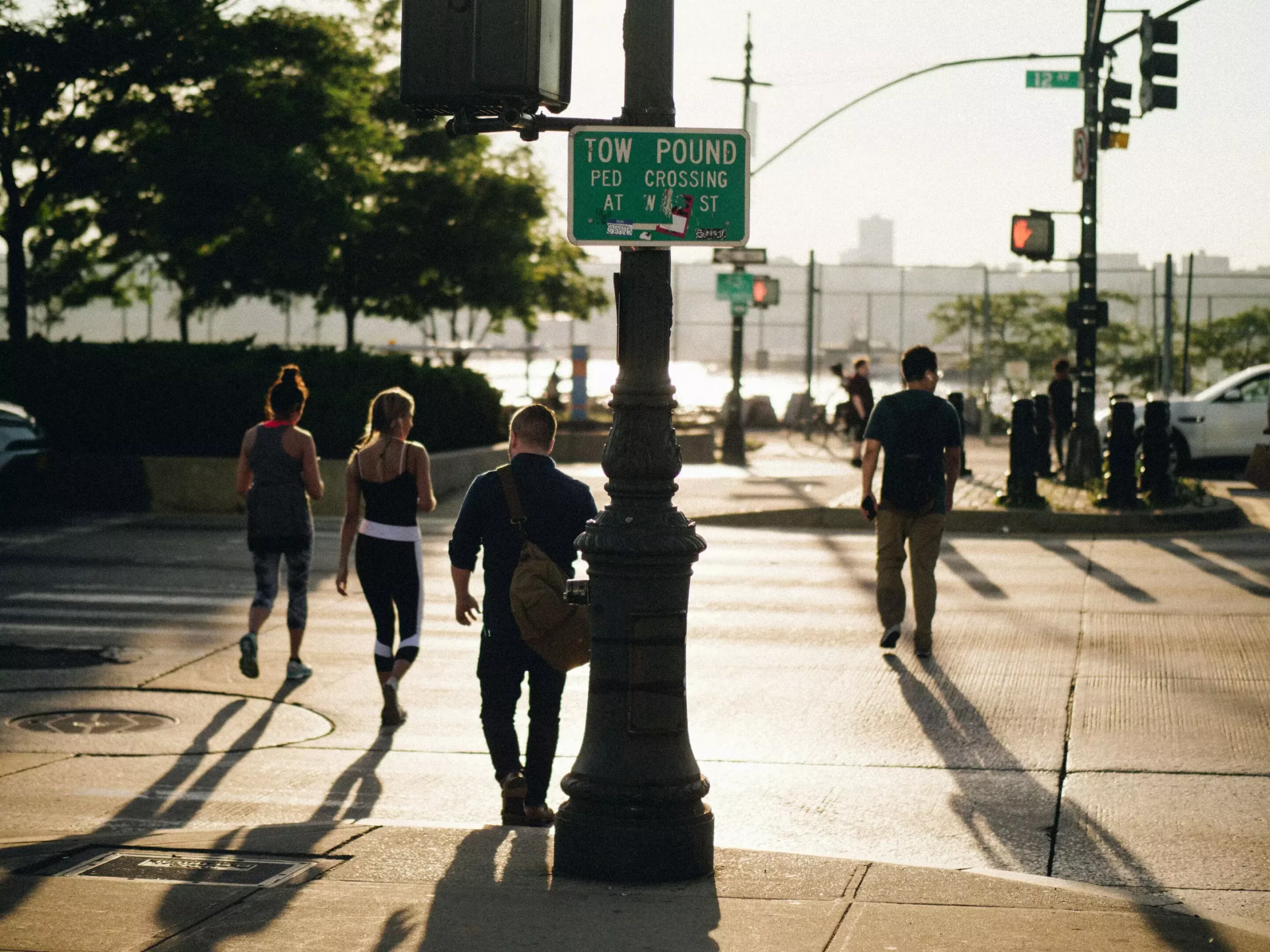Urban environments are increasingly facing a pressing issue: air pollution from various sources, particularly non-exhaust emissions generated by vehicles. As cities expand and the number of vehicles on the road increases, the degradation of air quality poses significant health risks to pedestrians and cyclists. These groups, often the most vulnerable road users, are continually exposed to harmful particulate matter released from brake wear, tire degradation, and road interaction. A recent study from the University of Birmingham has shed light on innovative solutions that utilize virtual reality (VR) to not only educate the public but also assist city planners in mitigating these risks.
The study published in the Royal Society Open Science journal emphasizes the importance of informing the public and policymakers about the hidden dangers of vehicle emissions using advanced computational fluid dynamics models. These models simulate the release and dispersion of invisible pollutants, thereby allowing individuals to visualize the threats present in their environments. By engaging with immersive VR experiences, pedestrians and cyclists can better understand the moments when they are most at risk and how to navigate urban spaces more safely. The use of VR as an educational tool marks a significant departure from conventional awareness methods, allowing for a more impactful and memorable learning experience.
The research team conducted real-world tests in Birmingham, the second largest city in the UK, which has been identified as a significant contributor to PM2.5 emissions—tiny particles that can penetrate deep into the lungs and cause severe health problems. This focused approach to testing in an urban setting ensures that the findings are relevant and can be directly applied to improve local health outcomes. Dr. Jason Stafford, the Principal Investigator, noted how critical it is to visualize the exposure pathways of these pollutants, particularly in high-risk areas like bus stops and pedestrian crossings, where braking vehicles create peaks of harmful emissions.
Beyond individual awareness, the implications of this research extend into urban planning. The insights gained from VR simulations can inform the redesign of city layouts to minimize exposure to harmful pollutants. Dr. Stafford highlighted the unsafe configurations often found at road junctions, such as frequent pedestrian crossings and bus stops situated in areas with high emission dispersion. By rethinking these urban designs, cities can promote cleaner air and safer environments for all users, ultimately contributing to improved public health.
This approach represents a new frontier in battling urban pollution, where technology intersects with public health and urban design. The use of physics-informed virtual reality not only educates the populace about environmental risks but also offers tangible solutions for urban planners. As electric vehicles rise in popularity, understanding and addressing the persistent non-exhaust emissions remains crucial. By leveraging innovative educational platforms and adaptable spatial designs, cities can take significant steps toward healthier, cleaner living conditions while empowering citizens with the knowledge to protect themselves in an increasingly polluted world.

